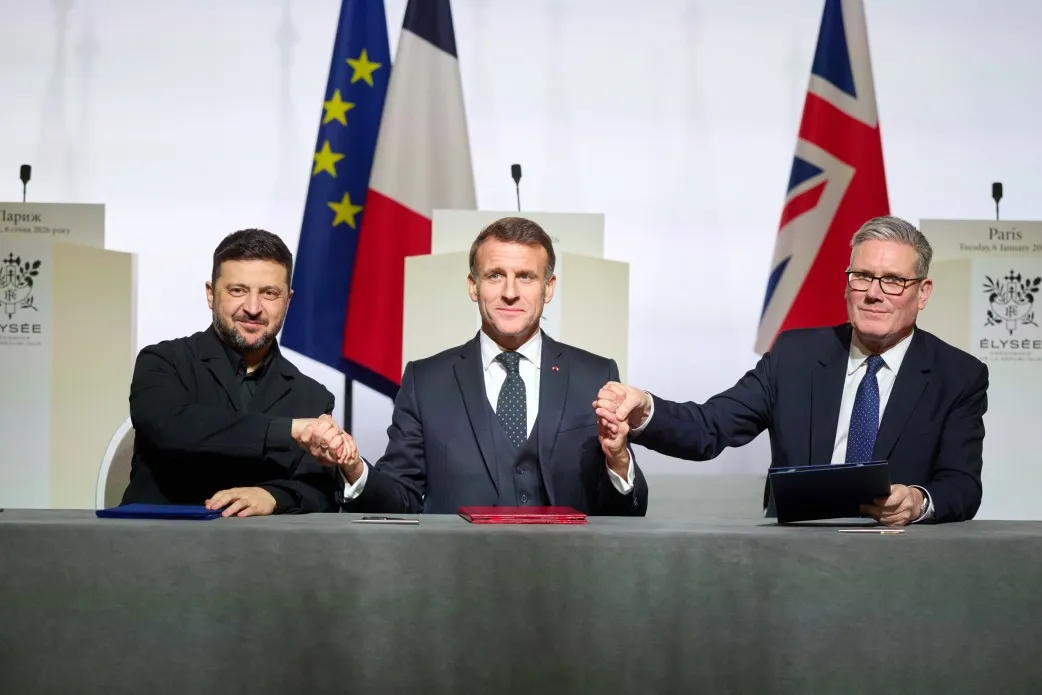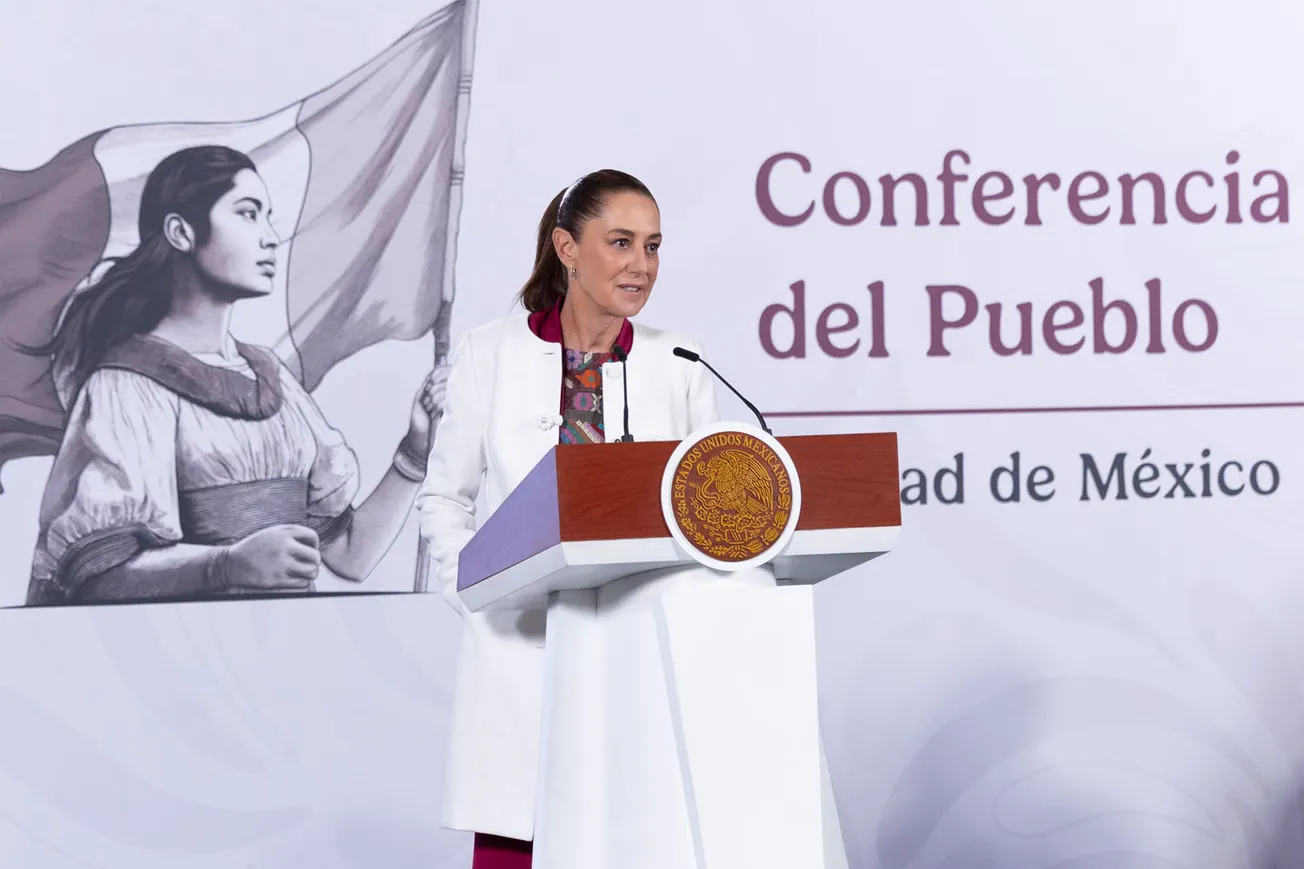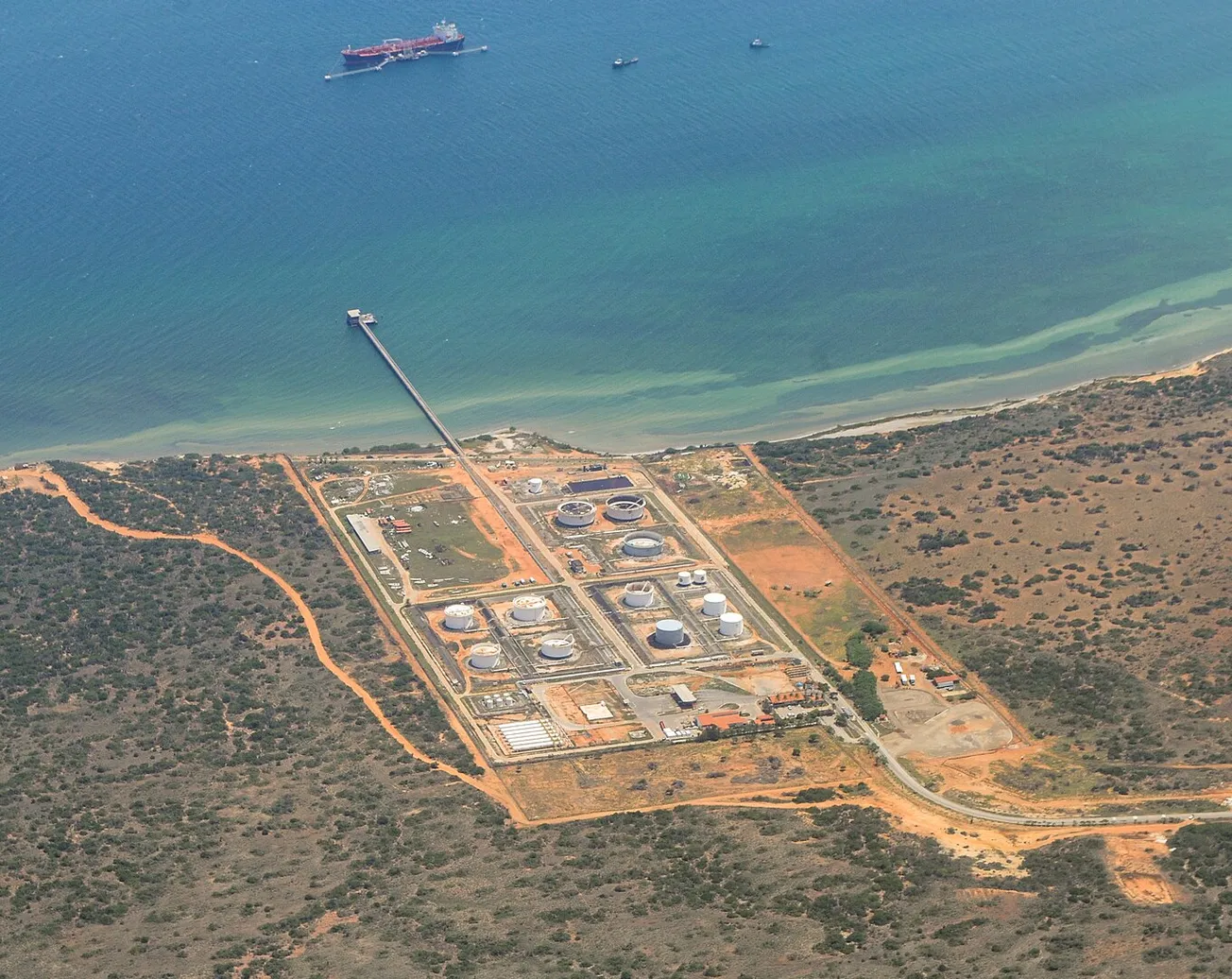Russian scientists have for some time been looking at the connection between space and troposphere weather—especially the interaction between solar flares, coronal mass ejections, galactic cosmic ray flux, atmospheric electricity, physics of the ionosphere, and lithosphere-atmosphere-ionosphere coupling. According to Russian astrophysicist Dr. Sergey Pulinets and colleagues: “Our main hypotheses are that any specific changes in GCR [galactic cosmic rays] and charged particles ejected from the geoeffective position from the Sun in the days preceding a hurricane’s occurrence, can lead to its appearance or/and, in days throughout its duration, can lead to its intensification.”
On Sept. 16, at 10:57 ET, NOAA’s Space Weather Prediction Center (SWPC), issued a G4 (Severe) geomagnetic solar storm alert, a significant flare, 9.6 from Region 3825. NOAA and Western dogma say that geomagnetic storms may slightly affect climate, but they never mention weather. Contrary to this, Russian scientists have found that six to ten days after a geomagnetic storm, hurricanes tend to dissipate or intensify. Russian reaction to the September 16 geomagnetic storm alert, would have been to go on yellow weather alert on September 17th, including to keep careful track of any storm or hurricane that might have been in the offing.




